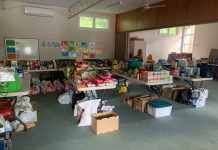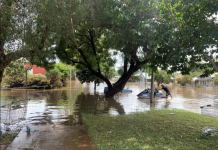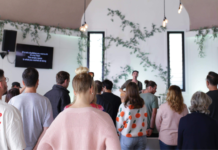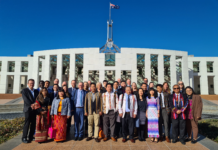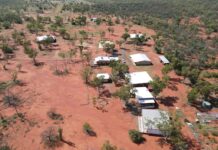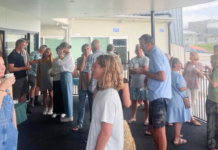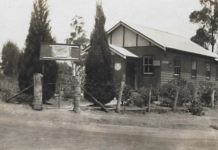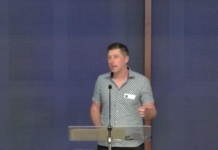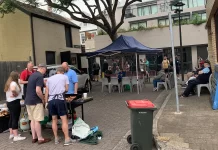To reach our goal of 1000 healthy churches in a generation, the Baptist Association of NSW & ACT needs to see many new churches birthed, and existing churches linked to church planting projects. We look to be a diverse/blended economy, planting 4 different models of churches (in order to attract different church leaders/members and fit different locations/contexts). It can be tricky to keep up with what these are and know all the lingo, so we thought we’d break it down simply below!
- Regional Churches
These churches are often larger, generally drawing across a larger region with people travelling. They’re often more organised/structured in their ministry/mission and governance, and there’s a central place that people come to. They are usually led by teams with specialist ministry focuses and a Lead Pastor who serves as a figurehead. An example of a regional church within our movement is Manly Life.–
- Simple Churches
These are often lay-led (with no paid staff). They often don’t own property, and have smaller budgets that are focused on direct giving to ministry/mission (rather than towards maintaining structures, etc.). They’re relational, nimble, flexible, and can change pretty quick. They usually consist of a relatively small number of members, though often have a significantly larger number of non-members connected to their community. They can exist anywhere and could be based around factors such as a workplace, a community group, a theme/purpose or a project/interest. An example of a simple church within our movement is Church on the Hill.–
- Neighbourhood Churches
These are place-based; they’ve got their area/community that they’re based, and ministry/mission flows from that context. They play a priestly, chaplain-type role in that place. That means they often tend to be more relational, and are often smaller. They often have a single Pastor (maybe part-time) with a broad range of pastoral, administrative and leadership responsibilities. They are often built around a parish model of church, ministering to the felt needs of their neghbourhood. They tend to be quite relational, localised and organic. Though it has grown into a regional church, Greenhouse Church started as a neighbourhood church – calling people to move into the neighbourhood, having dinner parties within walking distance of where people were, etc.–
- Resource Churches
The goal of this church is not just to build itself, but to be a resource for facilitating other mission/ministry in and around itself – strategically planting and resourcing other churches in their large (and often growing) population. They are not just there for themself, but for their region/area. They seek to grow leaders, active partnerships with their region, and a bigger vision. A regional, neighbourhood or simple church could double as a resource church. You might be planted intentionally as a resource church (like Marrickville Baptist). Or, you might not initially set out to become a resource church, but as God moves, that shift could just happen (such as Narara Valley Baptist).–
(Note: These four titles refer to the way a church organises itself: its structures, processes, budgets, etc – NOT a particular approach or style. Read more here!)

